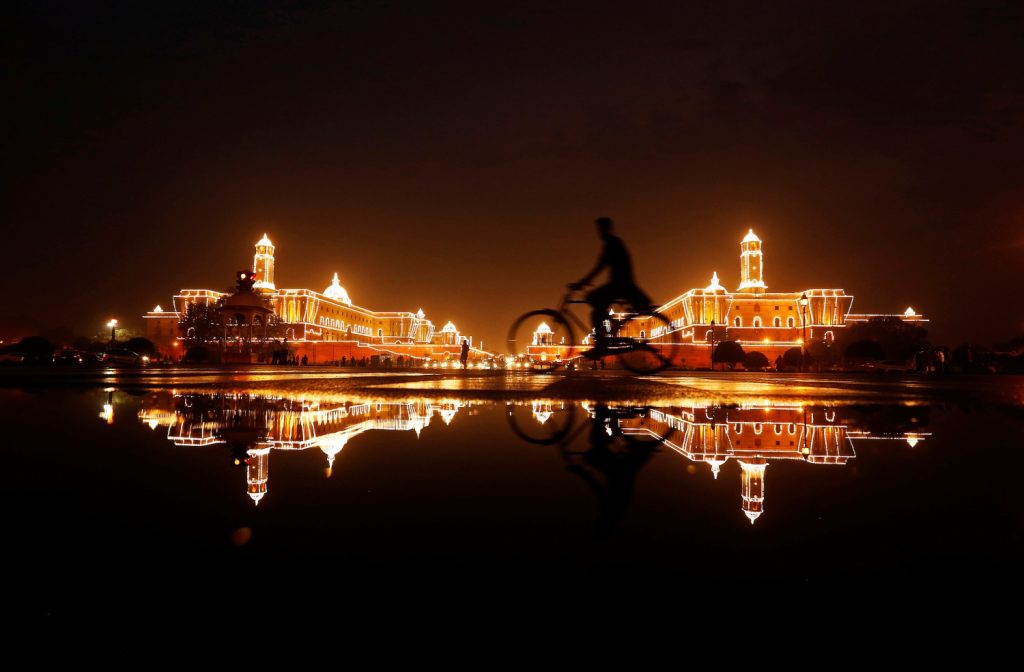What is Soft Power?
In its fundamental essence, ‘power’ encapsulates the capacity to effect change and exert influence over others, persuading them to act in ways they might not have independently chosen. These insights are drawn from the scholarly work of Joseph Nye, a political activist in the 1980s, at Harvard University, who delved into the evolving dynamics of American supremacy in the post-Cold War era. Nye, in addition, shed light on an alternate facet of power, characterized as “soft power.” This variant hinges on the art of attracting others willingly to one’s standpoint, by fostering sentiments of empathy, admiration, self-identification, or aspiration within them.
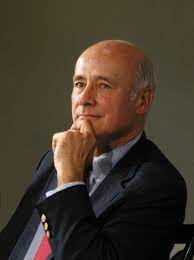
Rise of India as a Soft Power
India is seen as a non-aggressive nation with an inclusive outlook and a worldview based on the concept of Vasudhaiva Kutumbakam, or “the world is one family.” India commands a notable reservoir of soft power, a concept defined by its capacity to exert influence through non-coercive and non-coercive means such as attraction and persuasion.
Delving deeper into this exploration, the Global Soft Power Index, as formulated by Brand Finance, introduces a multidimensional perspective. In addition to culture, the index incorporates parameters such as business and trade, governance, media and communication, as well as education and science. Released in the early months of 2020, this study positioned India as the twenty-seventh most influential soft power globally, while it claimed the leading spot within South Asia.
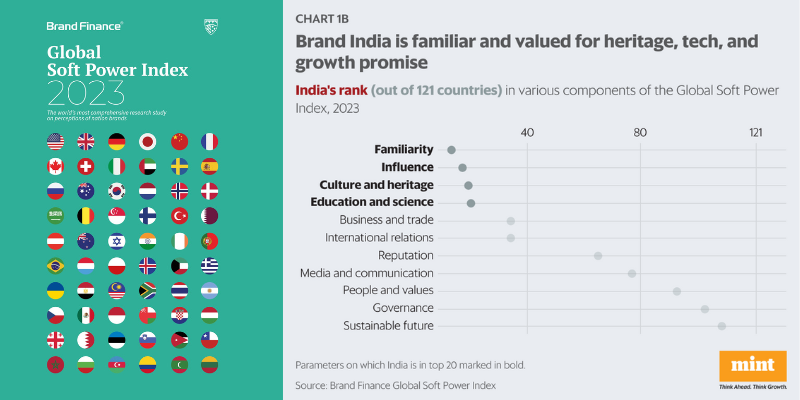
The Significance of India’s Soft Power
- Global influence: Soft power can assist India in improving its reputation and image around the world, particularly among its allies and strategic allies. This can assist India in dispelling any unfavourable misconceptions and beliefs that may be held about it in some parts of the world.
- Strengthening Diaspora Links: India’s soft power connects with its enormous diaspora population, instilling pride and loyalty in the nation. This link frequently manifests itself in strong support for India’s interests in their adopted nations.
- Economic Prospects: A robust manifestation of soft power has the capacity to draw foreign investments, tourists, and opportunities for commercial partnerships. India’s cultural exports, encompassing elements like Bollywood cinema, traditional artistic forms, and indigenous handicrafts, play an integral role in bolstering the nation’s economic expansion by yielding revenue and fostering employment prospects.

Contribution of Indian Visual Art Forms to India’s Soft Power
Recent years have witnessed India’s ascent as a significant presence on the global stage, extending its influence not only in economic and military domains but also in the realm of soft power. Leveraging its profound historical heritage, multifaceted cultural diversity, dynamic artistic expressions, and the global phenomenon of Bollywood, India has methodically tapped into its soft power reservoir, effectively melding its international perception and bolstering its diplomatic endeavours.
-
The Art, Craft and Design as India’s Soft Power
The variety of craft forms continues to be unmatched throughout the entire nation. They range from fine arts to puppetry, from brass, wood, or stone items to gorgeous textile prints. Jewellery manufacturing is one of the most intricate crafts since it combines science, symbols, and stones to cater to the preferences and personality types of the wearer.
Textile crafts and design are similarly widespread across the nation to jewellery, with each state and region having its own distinct craft identity.
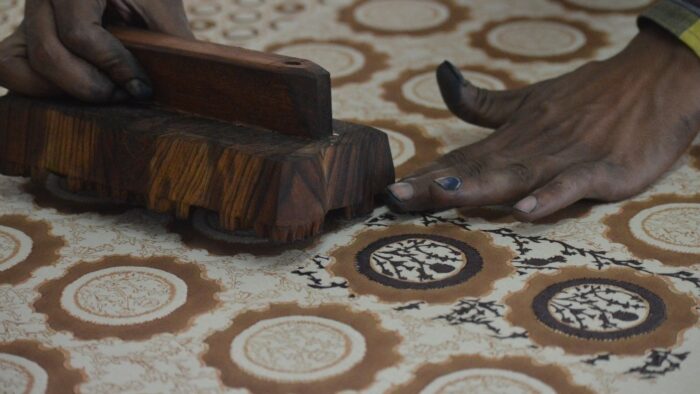
Each state in India has its own crafts, often in multiple forms that speak to the history, folklore, customs, and aspirations of the area. A “strong policy apparatus, entrepreneurship, and business development” are necessary for promoting Indian crafts. The nation has the potential to become a centre for crafts worldwide, opening up opportunities for not only the export of Indian artefacts and craft techniques but also for drawing tourists for crafts tourism from all over the world and from India.
-
MoU between Bihar Handicraft Industry and ICCR to showcase Soft power to the World
Through this MoU, Bihar’s ethnic arts, handicrafts, and other local art forms will get international recognition. As part of the Central and State government’s initiative to promote a cultural exchange program, this will assist Bihar in sending groups of artists abroad to the club with other local art and culture and showcase the importance of their vernacular art.

Priority would be given during cultural exchange programmes with other nations to the internationally renowned art and cultural heritage of Bihar, including Madhubani and Mithila paintings, traditional folk dances and music, well-known festivals, the rich architecture of Bihar since ancient times, etc. As a result, Bihar and other nations will have stronger cultural ties and mutual understanding. Additionally, relationships will be established and developed with national and international organisations working in the field of culture.
Global Recognition and Soft Power
India’s art and culture have captivated audiences throughout the world and established India’s soft power in the global arena. The widespread attraction of Indian culture is evidenced by the popularity of handmade products, potteries, regional paint works, Ayurveda, and Indian classical music and dance. The worldwide Indian diaspora actively promotes and protects Indian art forms, developing cultural linkages and promoting intercultural dialogue.
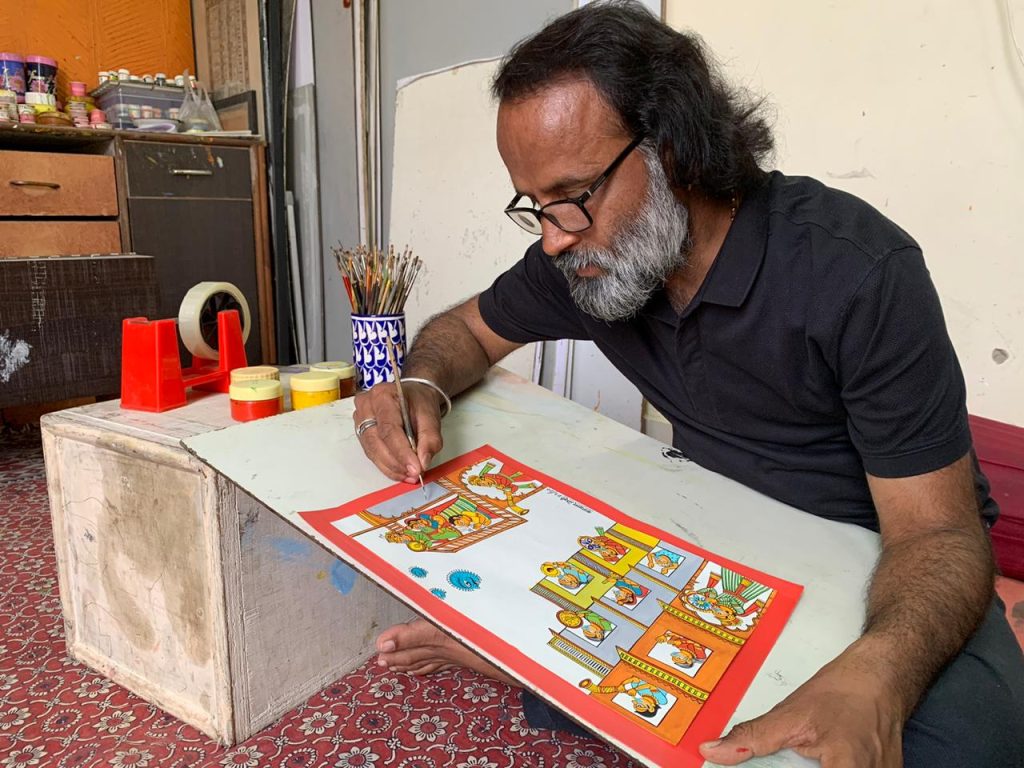
In addition to flourishing in the handicraft and folk art traditions that are still strong and alive in India today, the richness of the country’s aesthetic legacy was not limited to the palaces of the nobles. Examples include the painting styles represented by Madhubani, Kalamkari, and Phad; the bidri work of Hyderabad; the exquisite inlay work using precious and semi-precious stones in the Taj Mahal; the vibrant pottery from Jaipur; the intricate patterns and designs found in Indian textiles; and numerous other items of daily use, such as furniture and toys.
The Influence of India’s Visual Art Industry
The timeless allure of India’s deep-rooted vernacular art forms exemplified by Madhubani Paintings, Silk Saree Weaving from the Bengal, Pottery Making in Jaipur, Handcrafted jewellery work forms, is an embodiment of intricate minute handworks, graceful methods of local art practitioners, and the enchanting art of legacy through the minute details and products. These captivating traditions have transcended geographical boundaries, finding a global platform as a cultural exchange where institutions would invite such practitioners or the group and individual artists alike have embraced and woven them into their artistic tapestries. Their handwork and beautifully made handcrafted products extended the reach of art practices, surprising people across the globe.
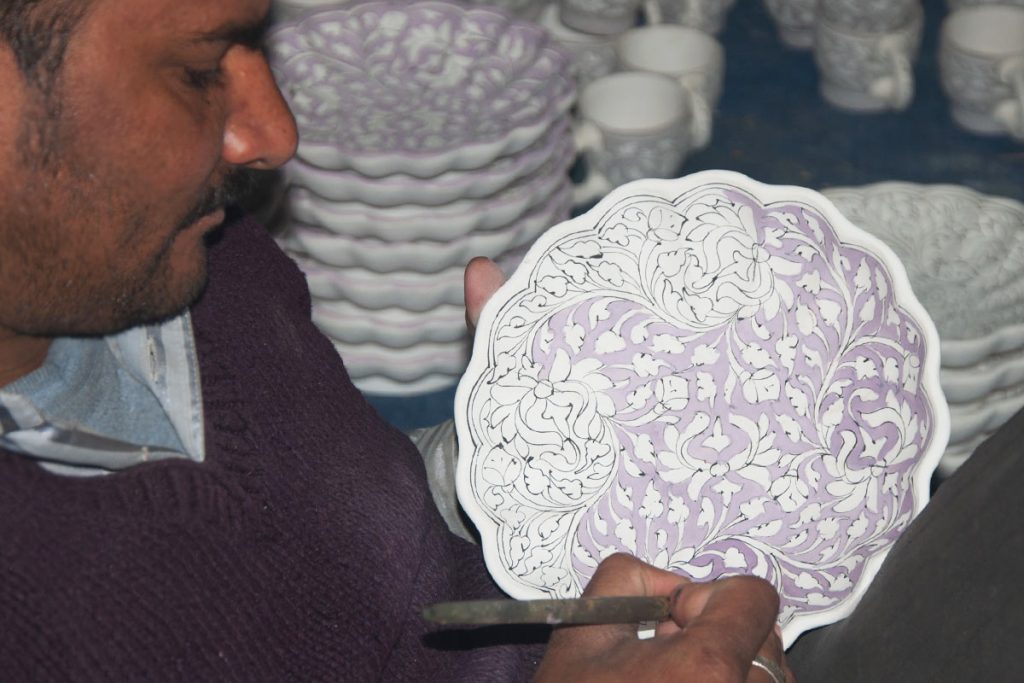
The Role of ICCR in Promoting Art and Culture as Soft Powers
The Indian Council for Cultural Relations (ICCR) is a government-sponsored independent organisation that works to enhance and deepen cultural ties and understanding between India and other nations.
The ICCR’s role is to:
(1) Actively engage in the development and execution of plans and initiatives relating to India’s international cultural relations.
(2) To advance and improve cross-cultural ties and understanding between India and other nations.
(3) To encourage cultural exchanges with individuals and nations around the world.
The Limitations and Challenges
India, abundant in soft power resources, currently lacks an institutional framework to optimize these assets and advance its global interests. Despite its rich cultural heritage, India grapples with challenges such as corruption, poverty, gender violence, environmental pollution, caste discrimination, and gender inequality, which have affected its international appeal.
Moreover, India’s ranking in the Soft Power 30 index appears to underperform due to factors such as a Western bias that places advanced economies in a more advantageous position. Nonetheless, a lower ranking does not negate India’s possession of influential assets and instruments within the realm of soft power.
India’s soft power diplomacy encounters a notable challenge stemming from the absence of well-defined role divisions and responsibilities among key institutions involved, including the Ministry of External Affairs (MEA), the Indian Council for Cultural Relations (ICCR), overseas Indian missions, and other line ministries. This lack of synergy and effective communication among these entities often results in redundant efforts and inefficient resource allocation.
Conclusion
India’s reservoir of soft power and the deft execution of cultural diplomacy have played an instrumental role in elevating its international standing, alluring international collaboration, investments, and collaborative ventures. In an increasingly interconnected world, India’s soft power resources persist as pivotal instruments, shaping its interactions with foreign nations and leaving an indelible mark on the global cultural tableau.
As India experiences economic growth and expands its geopolitical influence, the effective utilization of its soft power becomes pivotal. It serves as the linchpin in forging enduring partnerships, influencing global perceptions, and nurturing international collaboration. Through the vibrant display of cultural diversity, embracing technological advancements, and strategic diplomacy, India emerges not only as a hard power but also as a captivating soft power, leaving an indelible mark on hearts and minds worldwide.
Reference:
-
Desk, Lifestyle, and Lifestyle Desk. “What Is Soft Power and How Culture, Art Operate as Soft Power of a Country.” News18, 10 Mar. 2022.
-
“What Is Soft Power?” World101 From the Council on Foreign Relations.
-
PWOnlyIAS. “Soft Power of India – PWOnlyIAS.” PWOnlyIAS, 3 Aug. 2023.
-
“Perspective: India’s Soft Power.” Drishti IAS.
-
India Foundation. “Intrinsic Soft Power Manifest in the Art and Culture of India.” India Foundation.
-
Team, ClearIAS. “India’s Soft Power and Cultural Diplomacy.” ClearIAS, Oct. 2023.
-
Gupta, Arunima. “Indian Soft Power: A Crafted and Creative Experience.” Center for Soft Power, Dec. 2020.
-
“How Soft Is Smart.” Guernica, 27 Mar. 2012.
-
“Distinguished Lectures Details.” Ministry of External Affairs, Government of India.
-
Piyush. “Bihar Govt Signed Agreement With ICCR to Showcase Its Soft Power to World.” Adda247, Nov. 2022.
-
Dhoop, Prabhu Shriram India’s Best Agarbatti & “IMPORTANCE OF INDIAN ART &Amp; CULTURE – PSR.” www.prabhushriram.com, 25 July 2023.
-
“Images: The Visual Arts of India.” AgendaCulturel.
Read Also:
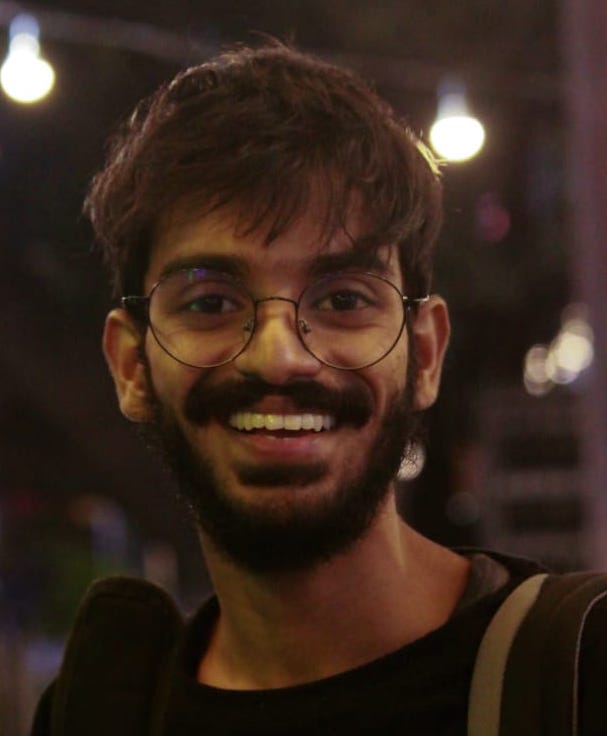
Contributor

